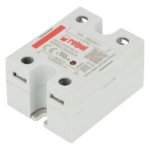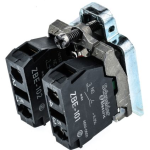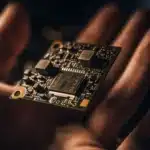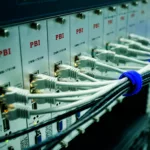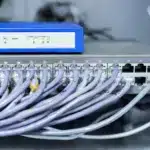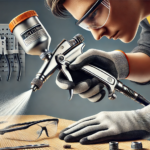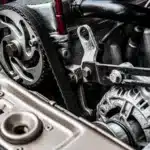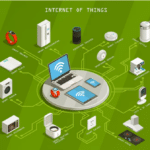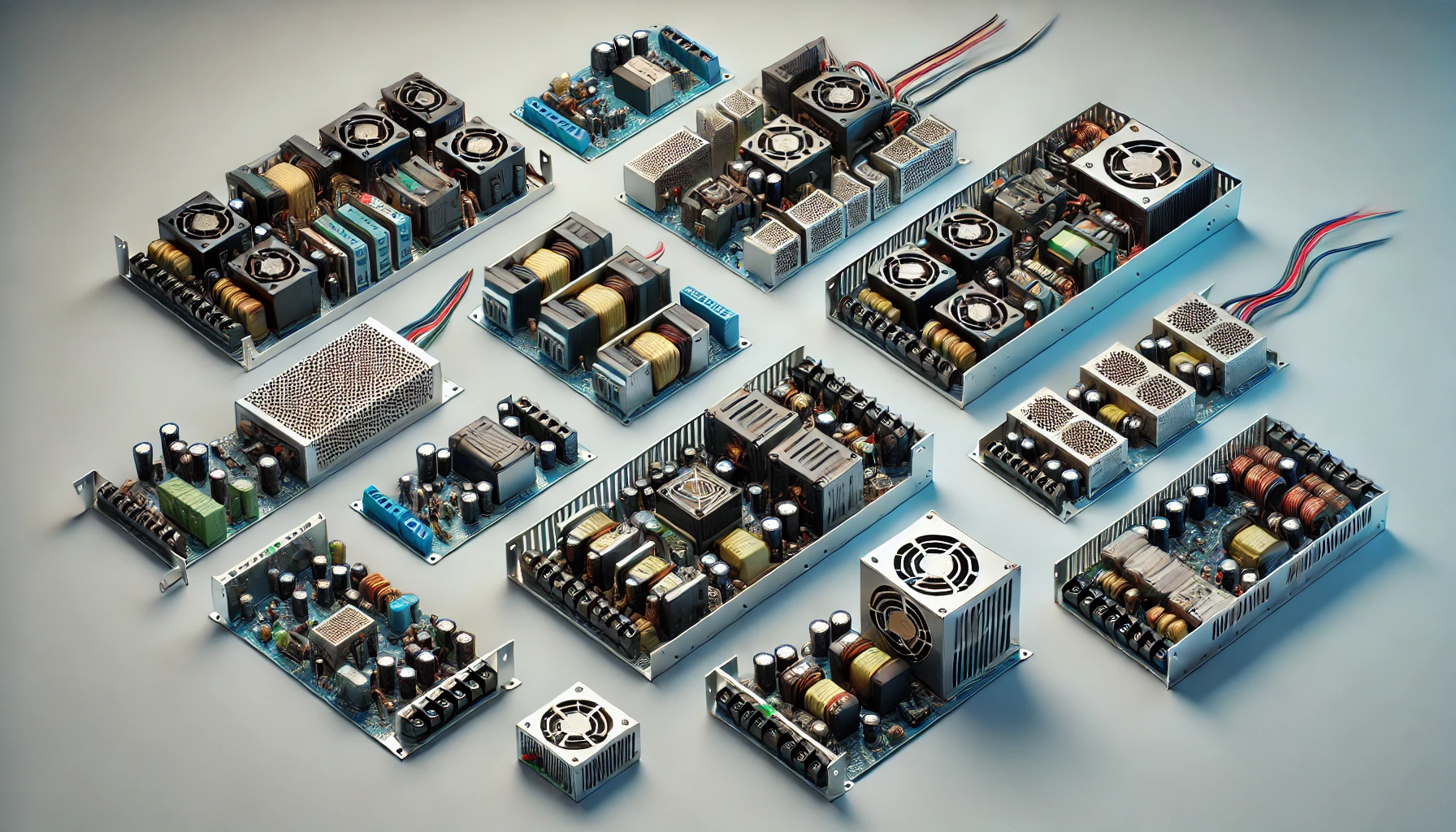
Introduction
The relentless march of electronics miniaturisation and ever-increasing power demands has placed a premium on efficient and compact power delivery solutions. Traditional linear power supplies, while functional, can be bulky and inefficient, especially for high-powered devices. This is where these devices come in, offering a significant leap forward in robust performance and increased efficiency. This article heads the pivotal role of switching power supplies, exploring their impact on maximising performance in modern electronics.
What are Switching Power Supplies? An Insight to Their Significance in Modern Electronics
Switching power supplies, also called switch-mode power supplies (SMPS), are high-performance electronic devices designed to convert electrical power efficiently from one form to another with minimal energy loss. These supplies use high-frequency transistors, diodes, and inductors to convert an input voltage into a controlled, stabilised output voltage at desired levels. These advanced features of bespoke power supplies lead to enhanced efficiency and minimised heat generation.
Unlike linear power supplies with 50-60% efficiency ratings, SMPS can achieve efficiency ratings of up to 90% or more, making them staple components in numerous applications––from consumer electronics to industrial machinery. Whether it’s your everyday laptop with a 24v DC power supply, a beefy 750 watt power supply for gaming PC, or even your phone charger with its compact 18v power supply, chances are a switching power supply is behind the scenes making it all work.
Exploring the Common Types
Switching power supplies come in multiple variations, each of which suits a particular application. Some of the most popular types of SMPS include:
DC-DC Converters
DC-DC converters transform one DC voltage level to another, commonly used in portable devices and automotive applications. These converters include buck, boost, and buck-boost configurations, each serving different voltage conversion needs.
AC-DC Converters
AC-DC converters convert AC mains power to a regulated DC output, essential for powering most electronic devices. These converters are widely used in power adapters, chargers, and power supply units for computers. Other types of SMPS include forward converters, flyback converters, and push-pull converters.
Isolated vs. Non-Isolated Power Supplies
Isolated power supplies provide electrical isolation between the input and output, enhancing safety and reducing noise. Non-isolated power supplies, on the other hand, are simpler and more efficient but lack this isolation.
Maximising Performance with Switching Power Supplies: Exploring Key Considerations
SMPS are the dominant force in modern electronics; however, just like any component, getting the most out of your SMPS requires some thought beyond just plugging it in. Some of the essential considerations in this context include:
Design Considerations
Careful consideration of design parameters is essential to maximizing performance with switching power supplies. This includes selecting appropriate components, optimising thermal management, and ensuring proper layout to minimise electromagnetic interference (EMI).
Thermal Management
Effective thermal management is crucial for maintaining the performance and longevity of switching power supplies. Adequate cooling solutions, such as implementing heatsinks and fans, can dissipate heat generated during operation.
EMI Mitigation
SMPS can generate EMI, potentially affecting nearby electronic devices. Implementing proper shielding, filtering, and layout techniques can mitigate EMI, ensuring compliance with regulatory standards and maintaining system performance.
Reliability and Maintenance
Regular maintenance and monitoring can enhance the reliability of switching power supplies. Periodic inspections, cleaning, and component replacements can prevent failures and extend the lifespan of the power supply.
Broad-Range Applications of Switching Power Supplies: An Insight to Their Impact and Versatility
SMPS offer a unique combination of features that make them the dominant choice across a vast array of applications. From power generators and home appliances to LED lighting and aerospace and defense, SMPS have profound impacts on a range of applications, including but not limited to:
- Consumer Electronics – From smartphones to laptops, switching power supplies are integral to modern consumer electronics, providing reliable power in a compact form factor.
- Industrial Applications – In industrial settings, SMPS power critical machinery and automation systems, ensuring efficient and uninterrupted operation.
- Medical Equipment – Switching power supplies are essential in healthcare facilities where reliability and safety are paramount. They power diagnostic equipment, patient monitors, and more.
- Telecommunications – Telecom infrastructure relies on SMPS for stable power delivery and supporting communication networks and data centers.
- Automotive Industry – In vehicles, switching power supplies manage power distribution, supporting infotainment systems, lighting, and engine control units.
Conclusion
Switching power supplies have become an indispensable technology across various industries. Their impact lies in their ability to provide efficient, reliable, and adaptable power solutions, paving the way for a more sustainable and compact future for electronics. We can expect further miniaturisation, improved efficiency, and the development of even more sophisticated control circuitry. This will undoubtedly lead to their continued dominance in powering the next generation of electronic equipment.






